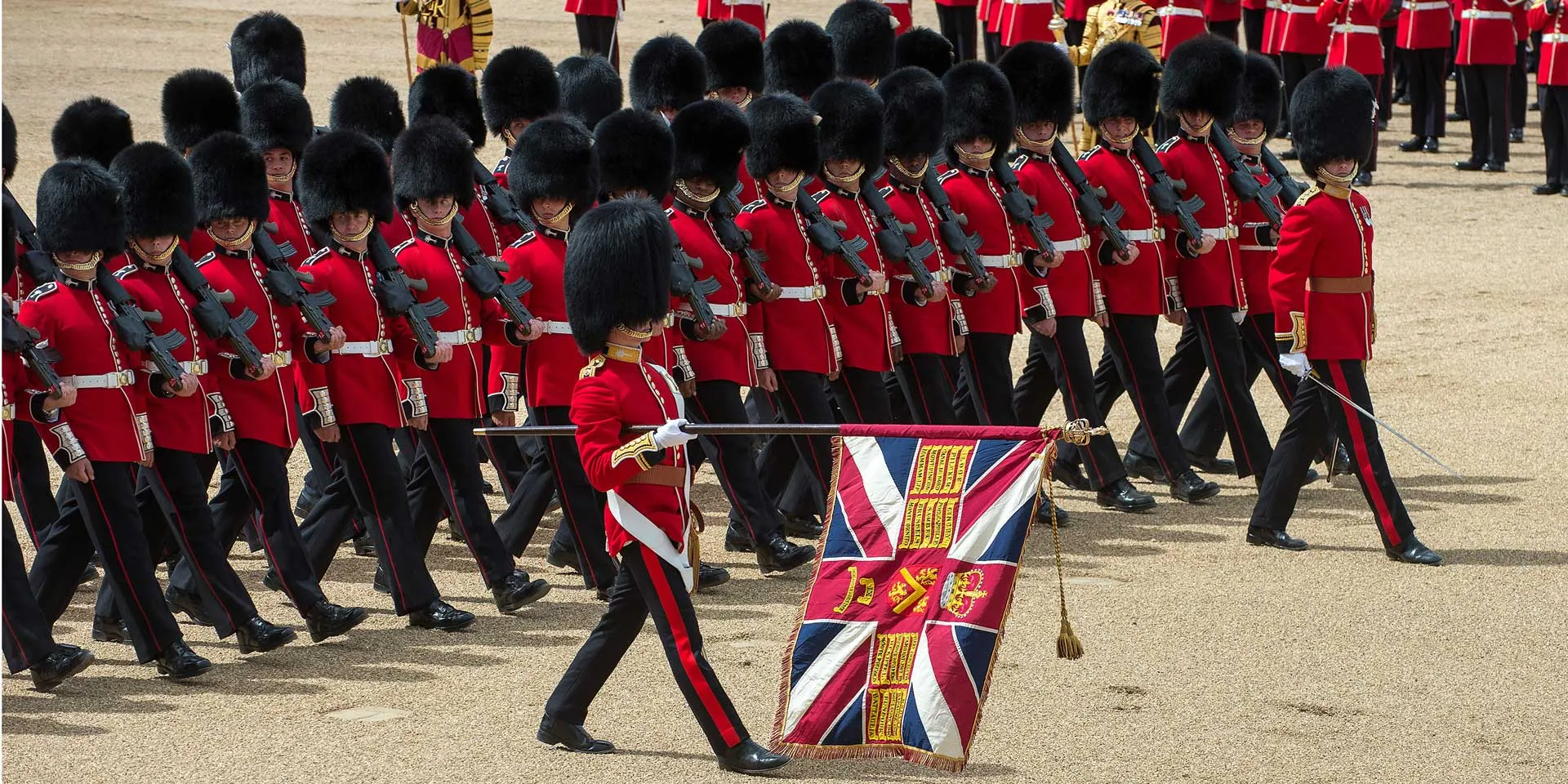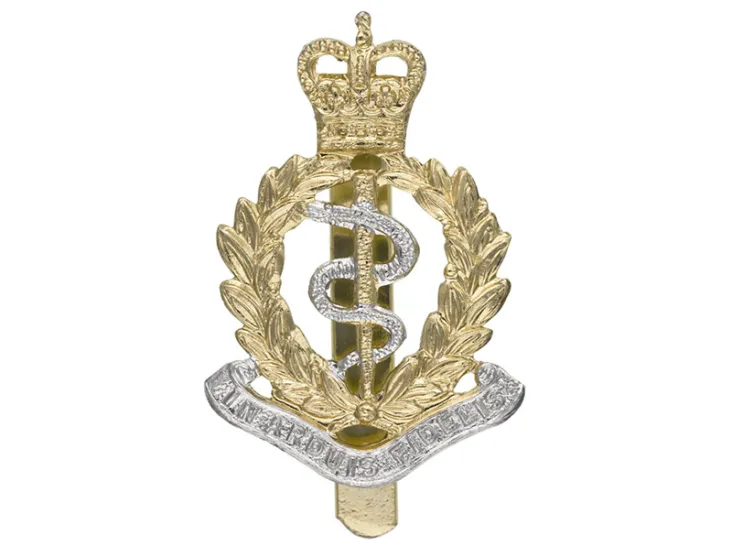Formed in 1898, but within origins dating back to the 1660s, this specialist corps was responsible for maintaining the health of British Army service personnel. In 2024, it merged with two other corps to form the Royal Army Medical Service.
explore this story















